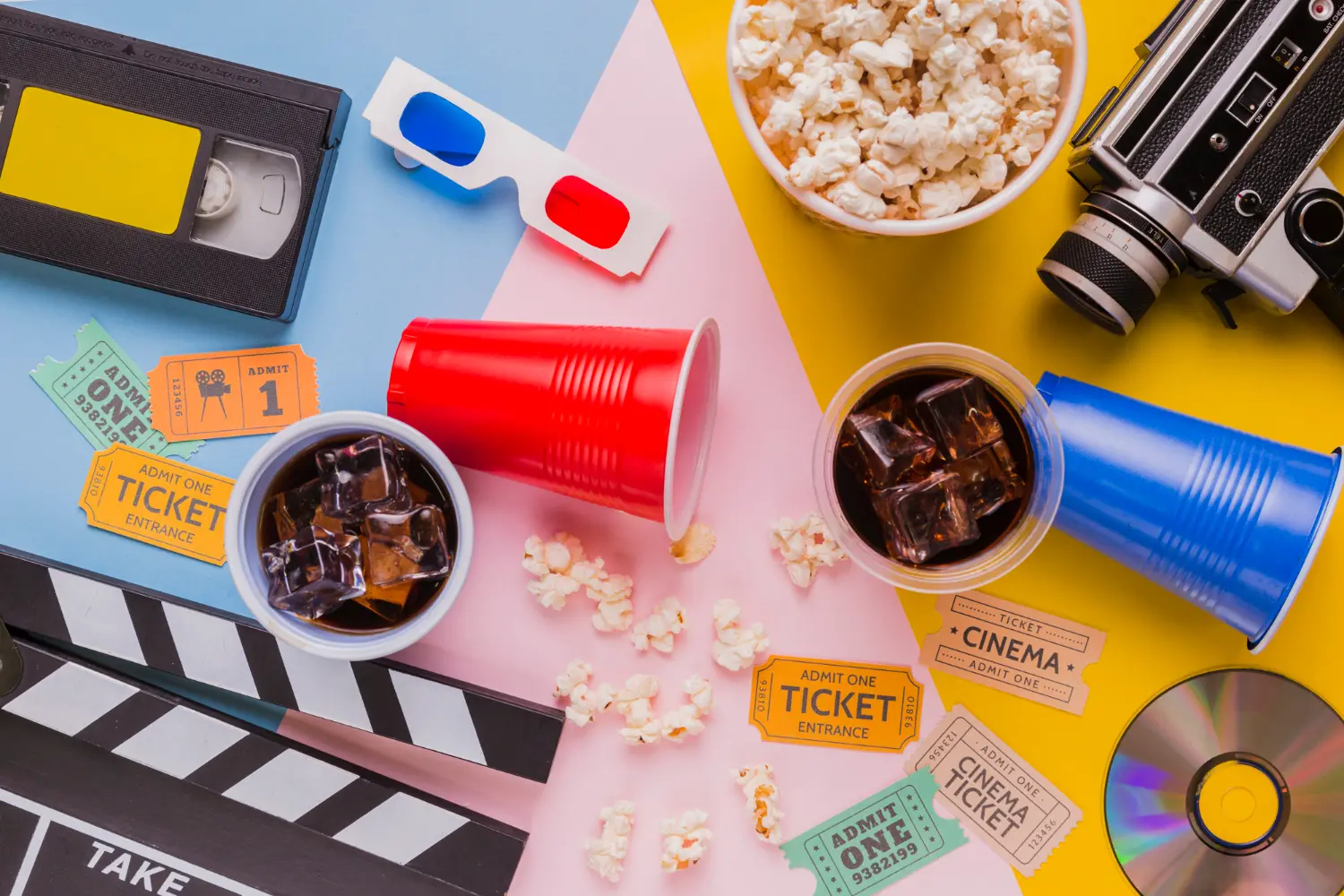Super Bowl Ads: What Can We Learn from the Most Expensive Commercials?
Every year, the Super Bowl is not only the biggest sports event in the United States but also the ultimate stage for the world’s most expensive and creative commercials. With prices reaching over $7 million for just 30 seconds of airtime, top brands compete to create campaigns that are memorable, viral, and highly impactful for their audience.
But what makes Super Bowl ads so special? And what marketing strategies can we learn from brands that invest millions of dollars in a single ad slot?
1. Powerful Storytelling: The Key to Leaving a Lasting Impression
One of the most prominent elements in Super Bowl ads is powerful storytelling. Brands don’t just sell products—they build narratives that evoke emotions and connect with the audience.
For example, Budweiser’s “Puppy Love” (2014) ad became a fan favorite with its heartwarming story of friendship between a puppy and a horse. This commercial successfully built emotion, brand connection, and a lasting impression that made it unforgettable.
Lesson: In marketing, emotional and authentic storytelling is more effective in capturing attention and creating long-term relationships with customers than simply promoting product features.
2. Celebrity Endorsements to Boost Ad Appeal
Many brands rely on celebrity endorsements to enhance the appeal of their ads. Big names like Beyoncé, Arnold Schwarzenegger, and Dwayne “The Rock” Johnson frequently appear in Super Bowl commercials.
For instance, in Super Bowl 2022, General Motors partnered with actor Will Ferrell to promote their electric vehicles. This ad was not only entertaining but also conveyed an important message about the future of eco-friendly transportation.
Lesson: Using relevant influencers or celebrities can significantly boost engagement and expand audience reach.
3. Humor and Entertainment: A Strategy to Capture Attention
Super Bowl commercials are famous for their humor and entertainment value. This approach makes ads more enjoyable to watch and increases the likelihood of them being shared on social media.
A successful example is Doritos’ “Crash the Super Bowl” campaign, which consistently delivered lighthearted, memorable humor.
Lesson: Humor can enhance ad appeal and create a more personal connection with the audience.
4. Leveraging Trends and Social Issues
Many brands use the Super Bowl as an opportunity to highlight social issues and current trends.
For example, Coca-Cola and Google have often released ads promoting diversity and inclusivity. By doing so, they not only market their products but also build a brand image that resonates with social values.
Lesson: Aligning a brand with relevant social issues can strengthen customer engagement and loyalty.
5. Digital Strategies and Audience Interaction
In today’s digital age, Super Bowl commercials aren’t just aired on TV—they are also maximized through social media. Many brands release teaser ads before the Super Bowl, engage audiences on Twitter and Instagram, and use hashtag campaigns to extend their reach.
A great example is Oreo’s “Dunk in the Dark” ad, which responded to the 2013 Super Bowl blackout. With just one clever tweet, Oreo captured the world’s attention—without spending millions on a TV spot.
Lesson: Strategic use of social media can amplify campaign virality at a lower cost.
Super Bowl commercials teach us that effective marketing is not just about a big budget but also about the right strategy. By combining storytelling, celebrities, humor, social trends, and digital strategies, brands can create successful marketing campaigns.
For businesses looking to learn from Super Bowl Ads, here are some key takeaways:
✔ Use strong storytelling to build emotional connections with your audience.
✔ Consider leveraging influencers or celebrities to boost appeal.
✔ Incorporate humor and entertainment to increase engagement.
✔ Align campaigns with social trends to stay relevant and meaningful.
✔ Maximize social media and digital strategies to expand ad reach.
By understanding marketing strategies from Super Bowl Ads, your business can create more effective, engaging, and high-impact campaigns!


